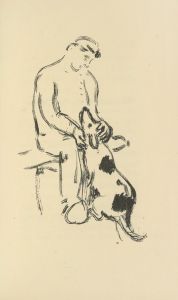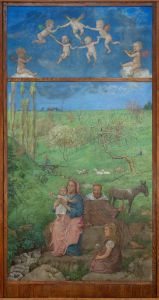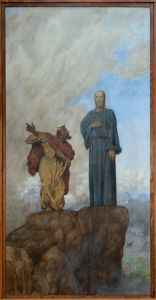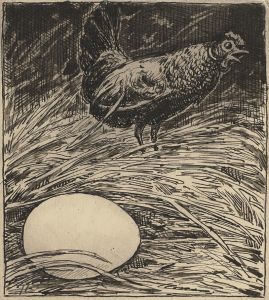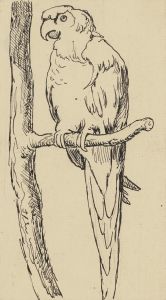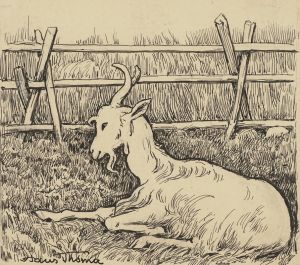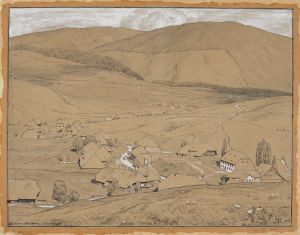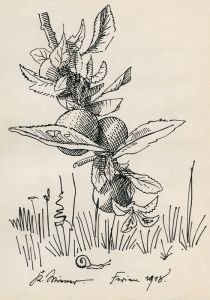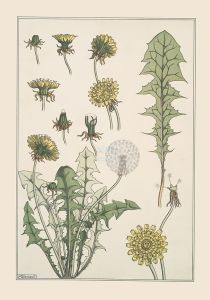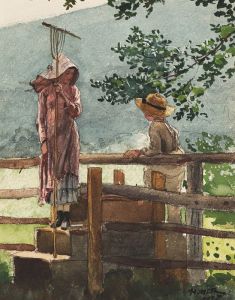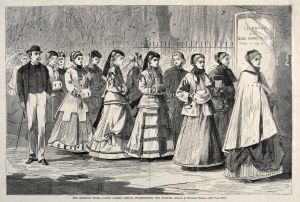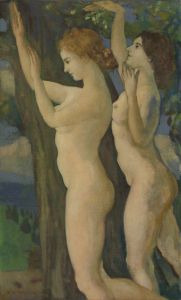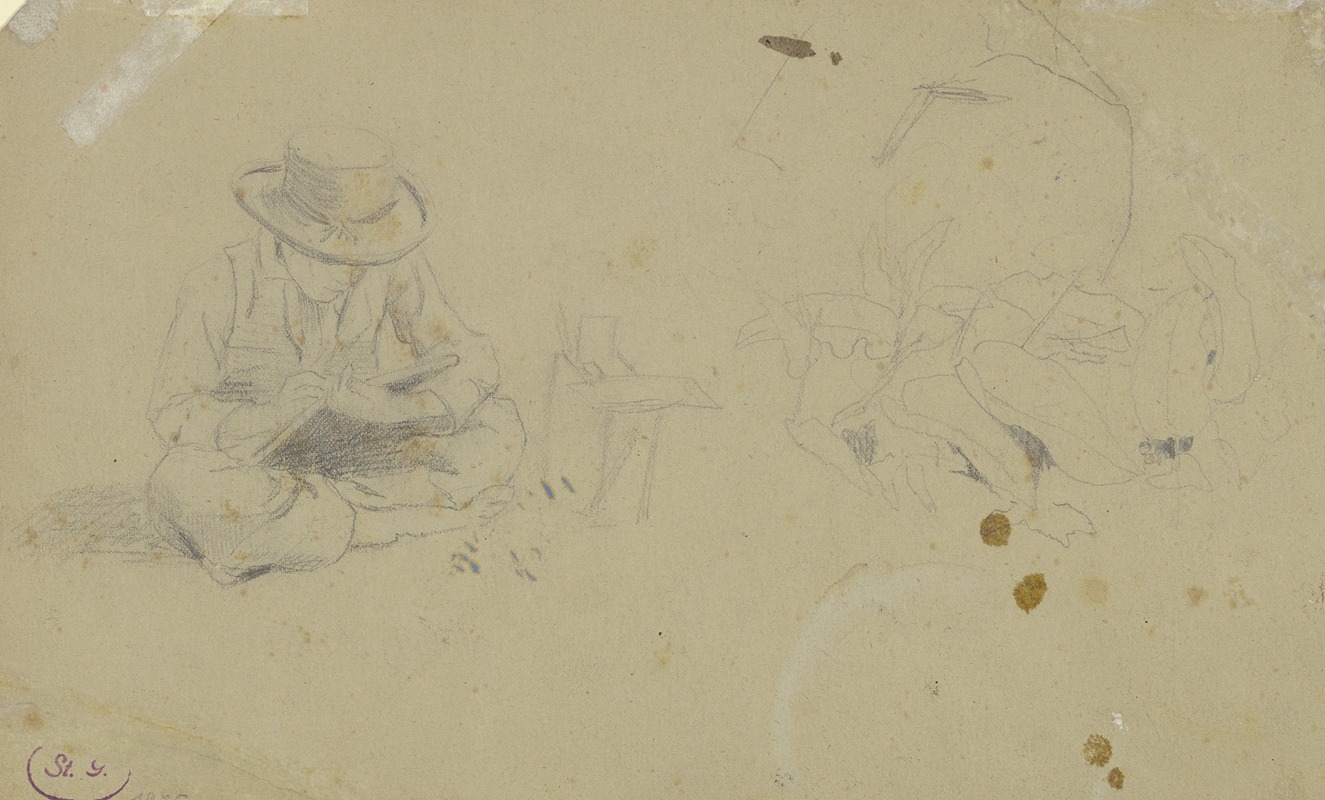
Studienblatt; ‘Nach der Schule ’; Pflanzen
A hand-painted replica of Hans Thoma’s masterpiece Studienblatt; ‘Nach der Schule ’; Pflanzen, meticulously crafted by professional artists to capture the true essence of the original. Each piece is created with museum-quality canvas and rare mineral pigments, carefully painted by experienced artists with delicate brushstrokes and rich, layered colors to perfectly recreate the texture of the original artwork. Unlike machine-printed reproductions, this hand-painted version brings the painting to life, infused with the artist’s emotions and skill in every stroke. Whether for personal collection or home decoration, it instantly elevates the artistic atmosphere of any space.
Hans Thoma (1839–1924) was a German painter and printmaker associated with the 19th-century Romantic and Realist movements. His works often depicted idyllic landscapes, rural life, and scenes inspired by nature, mythology, and folklore. One of his lesser-known works, Studienblatt; ‘Nach der Schule’; Pflanzen (translated as Study Sheet; ‘After School’; Plants), reflects his interest in detailed studies and his connection to the natural world.
This artwork is a study sheet, a type of preparatory work that artists often used to explore ideas, refine techniques, or practice specific elements for larger compositions. The title suggests that the sheet includes multiple sketches or studies, possibly related to themes of school life and botanical subjects. The phrase "Nach der Schule" (After School) implies a focus on a moment or scene following a school day, while "Pflanzen" (Plants) indicates the inclusion of botanical studies, which were a recurring subject in Thoma's oeuvre.
Hans Thoma was known for his meticulous attention to detail, particularly in his depictions of nature. His works often combined realistic observation with a sense of poetic simplicity, reflecting his upbringing in the Black Forest region of Germany. This rural environment deeply influenced his artistic vision, as seen in his frequent portrayals of plants, trees, and pastoral settings.
While specific details about Studienblatt; ‘Nach der Schule’; Pflanzen are scarce, it is likely that this piece served as a preparatory or exploratory work rather than a finished composition. Study sheets like this were common among artists of the time, allowing them to experiment with forms, compositions, and themes. Thoma's use of such sheets demonstrates his dedication to the artistic process and his interest in capturing the essence of everyday life and the natural world.
Hans Thoma's broader body of work earned him recognition during his lifetime, particularly in Germany, where he became a celebrated figure in the art world. He served as the director of the Karlsruhe Academy of Fine Arts and was honored with numerous accolades. Today, his works are held in various collections, including the Hans Thoma Museum in Bernau, Germany, which is dedicated to preserving and showcasing his legacy.
Due to the limited information available about Studienblatt; ‘Nach der Schule’; Pflanzen, further research would be required to provide a more detailed analysis of this specific piece. However, it remains an example of Thoma's commitment to exploring the beauty of nature and the simplicity of everyday life through his art.





